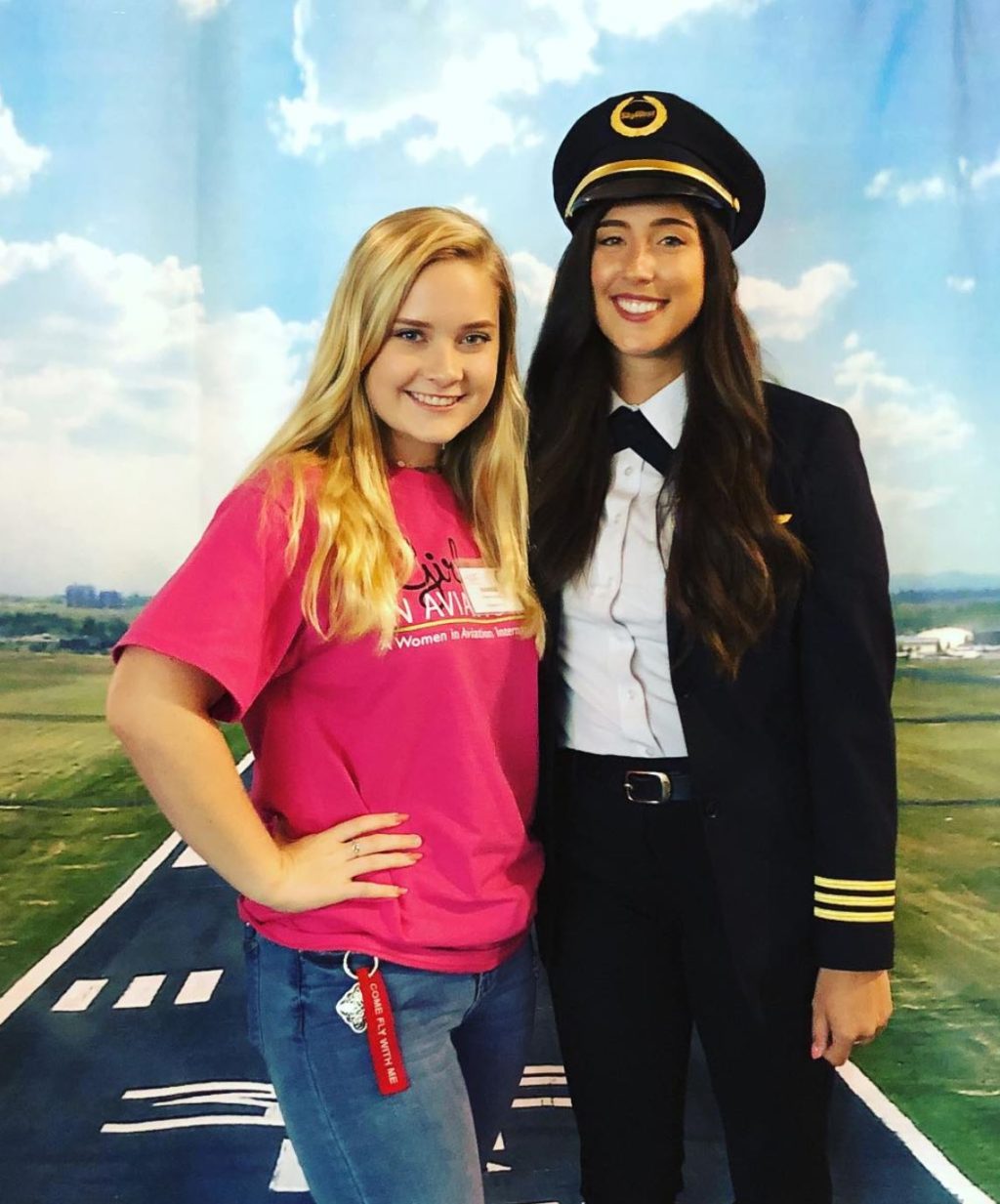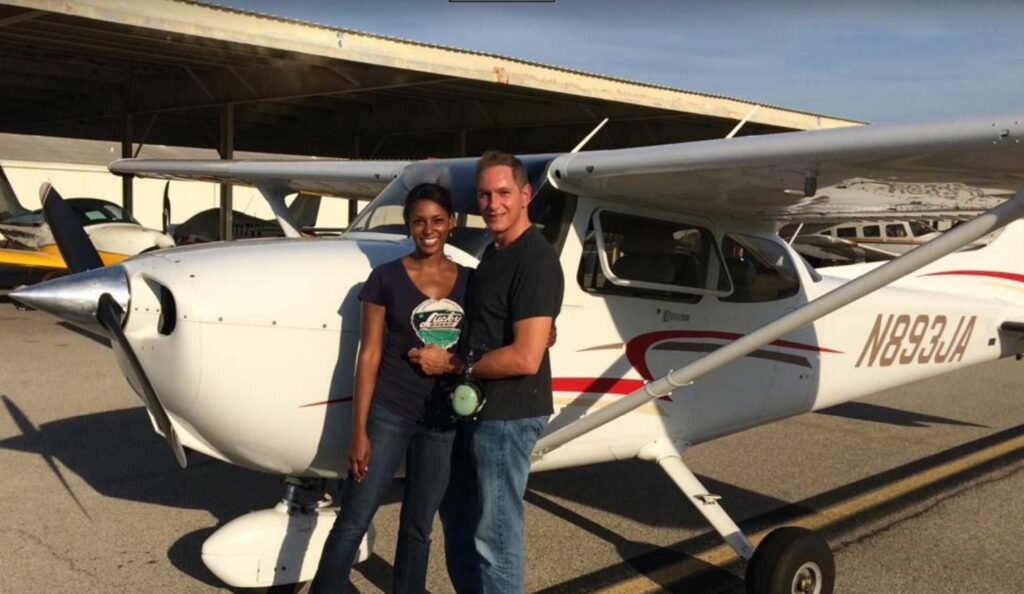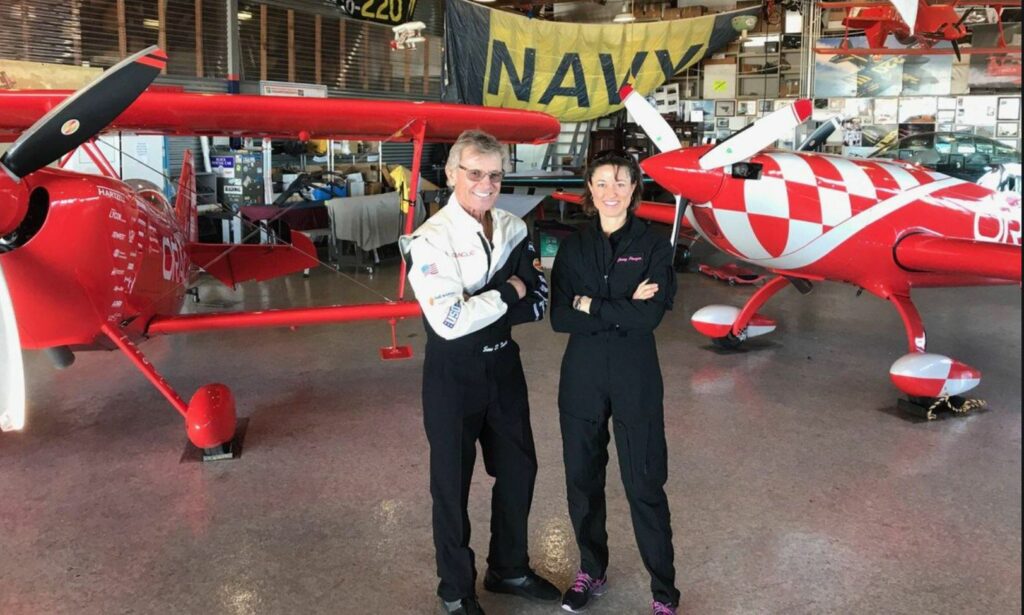 The request for an email interview arrived in my inbox from Namibia shortly after Christmas. The journalist wanted my thoughts about, what else, the Boeing 737 Max. The October 2018 and March 2019 crashes of two of Boeing’s newest jetliners and the subsequent grounding of the fleet for an unprecedented 9 months (and counting) is the aviation story of the decade.
The request for an email interview arrived in my inbox from Namibia shortly after Christmas. The journalist wanted my thoughts about, what else, the Boeing 737 Max. The October 2018 and March 2019 crashes of two of Boeing’s newest jetliners and the subsequent grounding of the fleet for an unprecedented 9 months (and counting) is the aviation story of the decade.
Like a pebble tossed into a pond, the ripples continue to radiate outward, making the Max debacle a story of global significance. Norway, Indonesia, Argentina, China, Mauritania, Iceland, Morocco, airlines in these and other nations have been impacted by decisions made at Boeing and signed off on by the Federal Aviation Administration.
We will not know until the next decade if the former prestige of Boeing and the FAA will be restored.

The unseemly business of lawyers trawling for clients following air accidents – a subject about which I have written aplenty over the past decade – got the attention of the international press earlier this month when Reuters published an article at Christmastime, exposing some of the tricks employed by “chasers” for aviation lawyers.

From paying victims’ families to listen to sales pitches to showing up at the homes of family members of air disaster victims, to sending unsolicited text messages to their phones, reporter Katharine Houreld lays out a shocking indictment of how lawyers harass the grief-stricken in the race to secure clients. And no case has been as potentially lucrative as the 737 Max disasters because so much of the culpability seems to lie squarely in the jurisdiction of the U.S. Courts.
Here’s hoping the next decade inspires better behavior.

The year also saw the elevation to the world stage of the world’s youngest environmental activist, Sweden’s Greta Thunberg. She is a modern-day David engaged in an ambitious quest to save humanity from its destructive self. The high schooler has aimed her slingshot on Goliath; commercial aviation. To those who might quibble about her place on the list, I suggest there’s power (not to mention numbers) in her campaign.
According to the International Air Transport Association, there was a decline in air travel in Sweden the same year 17-year old Thunberg traveled by yacht to New York to address the United Nations. “We’re taking this consumer sentiment seriously,” said Alexandre de Juniac, IATA’s Director-General.
At this year’s global media gathering, the airline industry presented a full day of reports on the multiple challenges, not just greenhouse gas emissions to which it contributes 2 percent, but also single-use plastics and the more than 6 million tons of cabin waste generated each year and is expected to double over the next decade as travel by air continues to grow.
 Despite its many challenges, aviation retains a glamour that is the envy of other industries. This is illustrated by the record-breaking attendance at Women In Aviation International‘s Girls In Aviation Day events around the world in 2019. Sure, professionals with epaulets like Skywest 1st officer Tristan Mazzu, who is featured in a television ad for Oil of Olay, get a lot of attention. At the same time, the 118 individual Girls In Aviation Day gatherings show girls aged 8 to 17 that there are many, many jobs in the field offering similar challenges and rewards.
Despite its many challenges, aviation retains a glamour that is the envy of other industries. This is illustrated by the record-breaking attendance at Women In Aviation International‘s Girls In Aviation Day events around the world in 2019. Sure, professionals with epaulets like Skywest 1st officer Tristan Mazzu, who is featured in a television ad for Oil of Olay, get a lot of attention. At the same time, the 118 individual Girls In Aviation Day gatherings show girls aged 8 to 17 that there are many, many jobs in the field offering similar challenges and rewards.
At the Frontiers of Flight Museum event in Texas, I sat on a panel with Cathy Boyles, the wildlife director at Dallas Ft. Worth International Airport and Joy Forrest, an A&P mechanic and an aircraft acquisition specialist, seen in the photo below.

“We go beyond piloting careers to include air traffic controllers, mechanics, engineers, technicians and designers,” said WAI’s Molly Martin. “One girl told me that she now wants to design aircraft interiors as her career. That’s a career she would never have even known of, much less considered, without Girls in Aviation Day.”

Acrobatic pilot Jessy Panzer made aviation news in 2019 when she joined Sean Tucker’s Team Oracle. Tucker’s last solo performance capped a 43-year career as an acrobatic pilot. He will engage in team flying now and his Pitts Challenger III will become part of the National Air & Space Museum.
Panzer, a seaplane, helicopter and corporate pilot is a graduate of Embry Riddle Aeronautical University. Her debut with Tucker during the 2019 air show season saw her flying the Excel 300.
Panzer joins a small pantheon of female acrobatic pilots including the remarkable Patty Wagstaff, France’s Aude Lemordant and Turkey’s Semin Öztürk.
You may wonder why this look back includes these latter events that, while notable, did not generate the biggest news. And my answer is this; rather than obsess about the trouble the industry has gotten itself into, I chose to be buoyed by the movement towards equality in aviation taken by my sex. We are 49.6 percent of the world’s population, which is a mighty minority and we are on a roll.

Author of The New York Times bestseller, The Crash Detectives, I am also a journalist, public speaker and broadcaster specializing in aviation and travel.









I’m glad to learn that women may have better opportunities in commercial aviation, but that doesn’t change Ms. Thunberg’s point: that commercial aviation is a major polluter. Military aviation is as well, and both are a major source of noise pollution too, particularly the “Growlers” that the US Navy seems so fond of, just ask some Washington state residents and some of those who study birds, etc, in the Olympic National park. I would very much like to see the US and the states subsidize passenger rail travel (including HSR) as much as both (and some cities, including the small town where I live) subsidize commercial & private air travel. I’m sure you haven’t forgotten that many small fixed wing aircraft still use leaded fuel, even though as far as I know, no “safe” level of lead exposure for humans has been supported by valid scientific research.
For the most part, a creative recapture of this year’s part in aviation history, including the tragedies along with the welcomed advancements.
Even the inclusion of Greta, along with references to those who claim air travel threatens our environmental safety, is legitimate because that too is part of this year’s aviation history. I am disappointed, however, at an apparent acceptance of that group’s pseudo-science agenda.
To me, Greta is a very tragic figure. She has no real scientific expertise of her own. To the contrary, she is a true victim, being horribly used by those who are promoting the biggest political, pseudo-science scam that has ever been foisted upon mankind.
Eons of proxy-data proves their alleged hypothesis is dead wrong. If they are so correct in their claims, why did they conspire to alter and replace legitimate scientific proxy-data with deliberately faked-data and then refuse to explain how the infamous Mann “Hockey Stick” was created? The East Angelia CRU Email Scandal exposed their deliberate corruption of Science, apparently for the sake of money and prestige.
Growing access to both air travel AND inexpensive fossil fuel energy is vital to lifting the living standards of “third world” countries. A solid lesson from world history is that the more prosperous any National economy, the cleaner the air, water and overall environment becomes. And, if they enjoy democratic forms of govt, they tend to avoid starting wars.
God forbid any National Govts actually try to impose the recent “green” demands of extreme environmental “activists.” There is no better way to plunge everyone into grinding, bitter poverty, than to cut off inexpensive fossil fuel energy.